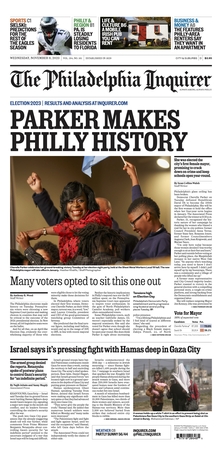
The Philadelphia Inquirer, often referred to simply as The Inquirer, is a daily newspaper headquartered in Philadelphia, Pennsylvania. Founded on June 1, 1829, The Philadelphia Inquirer is the third-longest continuously operating daily newspaper in the nation.
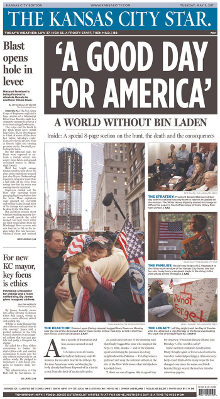
The Kansas City Star is a newspaper based in Kansas City, Missouri. Published since 1880, the paper is the recipient of eight Pulitzer Prizes.

The Star Tribune is an American daily newspaper based in Minneapolis, Minnesota. It is Minnesota's largest newspaper and the sixth-largest in the United States by circulation, and is distributed throughout the Minneapolis–Saint Paul metropolitan area, the state, and the Upper Midwest.
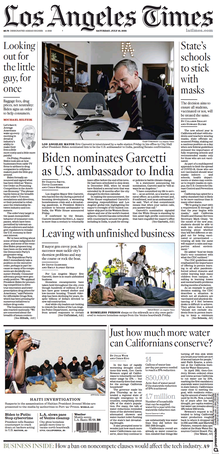
The Los Angeles Times is a regional American daily newspaper that started publishing in Los Angeles, California in 1881. Based in the Greater Los Angeles area city of El Segundo since 2018, it is the sixth-largest newspaper by circulation in the United States, as well as the largest newspaper in the western United States. Owned by Patrick Soon-Shiong and published by California Times, the paper has won more than 40 Pulitzer Prizes.

WCAU is a television station in Philadelphia, Pennsylvania, United States, serving as the market's NBC outlet. It is owned and operated by the network's NBC Owned Television Stations division alongside Mount Laurel, New Jersey–licensed Telemundo outlet WWSI ; it is also sister to regional sports network NBC Sports Philadelphia.
The Scranton Times-Tribune is a morning newspaper serving the Scranton, Pennsylvania, area. Until August 2023, it was the flagship title of Times-Shamrock Communications and run by three generations of the Lynett-Haggerty family. It is now owned by MediaNews Group, a subsidiary of Alden Global Capital.

Philadelphia Daily News is a tabloid newspaper that serves Philadelphia, Pennsylvania. The newspaper is owned by The Philadelphia Inquirer, LLC, which also owns The Philadelphia Inquirer, a daily newspaper in Philadelphia
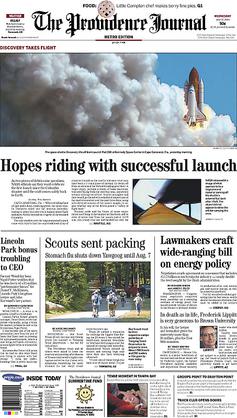
The Providence Journal, colloquially known as the ProJo, is a daily newspaper serving the metropolitan area of Providence, the largest newspaper in Rhode Island, US. The newspaper was first published in 1829. The newspaper had won four Pulitzer Prizes as of 2023.

The Pittsburgh Post-Gazette, also known simply as the PG, is the largest newspaper serving metropolitan Pittsburgh in the U.S. state of Pennsylvania. Descended from the Pittsburgh Gazette, established in 1786 as the first newspaper published west of the Allegheny Mountains, the paper formed under its present title in 1927 from the consolidation of the Pittsburgh Gazette Times and The Pittsburgh Post.

WPHT is a commercial radio station in Philadelphia, Pennsylvania. The station broadcasts a talk radio format and is owned by Audacy, Inc. Its studios are in Audacy's corporate headquarters in Center City, and its transmitter and broadcast tower are on North Church Street in Moorestown, New Jersey.
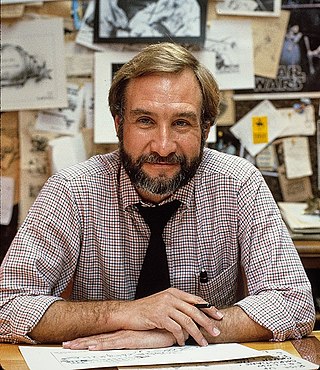
William Anthony Auth Jr. was an American editorial cartoonist and children's book illustrator. Auth is best known for his syndicated work originally drawn for The Philadelphia Inquirer, for whom he worked from 1971 to 2012. Auth's art won the cartoonist the Pulitzer Prize in 1976 and the Herblock Prize in 2005.

The News Journal is a daily newspaper in Wilmington, Delaware. It is headquartered in unincorporated New Castle County, Delaware, near New Castle, and is owned by Gannett.
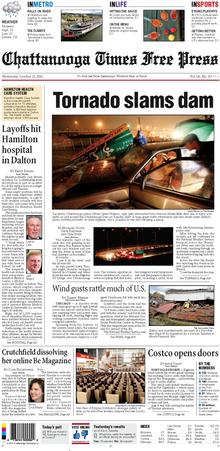
The Chattanooga Times Free Press is a daily broadsheet newspaper published in Chattanooga, Tennessee, and is distributed in the metropolitan Chattanooga region of southeastern Tennessee and northwestern Georgia. It is one of Tennessee's major newspapers and is owned by WEHCO Media, Inc., a diversified communications company with ownership in 14 daily newspapers, 11 weekly newspapers and 13 cable television companies in six states.
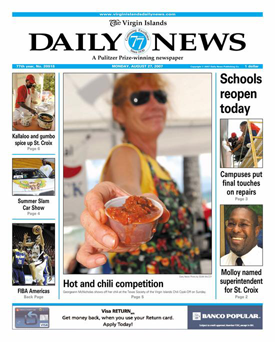
The Virgin Islands Daily News is a daily newspaper in the United States Virgin Islands headquartered on the island of Saint Thomas. In 1995 the newspaper became one of the smallest ever to win journalism's most prestigious award, the Pulitzer Prize for Public Service. The newspaper is published every day except Sunday. The paper maintains its main office on Saint Thomas and a smaller bureau on Saint Croix.

The Public Ledger was a daily newspaper in Philadelphia, Pennsylvania, published from March 25, 1836, to January 1942. Its motto was "Virtue, Liberty, and Independence". It was Philadelphia's most widely-circulated newspaper for a period, but its circulation began declining in the mid-1930s. The newspaper also operated a syndicate, the Ledger Syndicate, from 1915 until 1946.
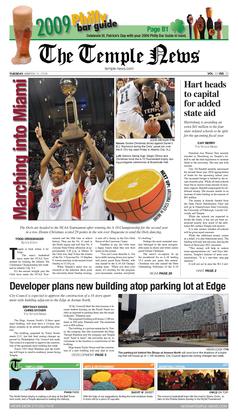
The Temple News (TTN) is the editorially independent weekly newspaper of Temple University. It prints 6,000 copies to be distributed primarily on Temple's Main Campus every Tuesday. A staff of 25, supported by more than 150 writers, is responsible for designing, reporting and editing the 20-page paper. Increasingly, TTN is supplementing its weekly print product with breaking news and online-only content on its web site. In September 2007, TTN launched Broad & Cecil, its own blog community.
The Bulletin (2004–2009) was a conservative newspaper that served the Philadelphia, Pennsylvania, metropolitan area of the United States. It was founded in 2004 as a modern iteration of the Philadelphia Bulletin (1847–1982).

The Times, also known as The Times of Trenton and The Trenton Times, is a daily newspaper owned by Advance Publications that serves Trenton and the Mercer County, New Jersey area, with a strong focus on the government of New Jersey. The paper had a daily circulation of 77,405, with Sunday circulation of 88,336. It competes with the Trentonian, making it the smallest market in the United States with two competing daily newspapers. As of August 2020, it was ranked fifth in total circulation among newspapers in New Jersey.

The Philadelphia Record was a daily newspaper published in Philadelphia, Pennsylvania from 1877 until 1947. It became among the most circulated papers in the city and was at some points the circulation leader.
Joseph Arnold Livingston was a business journalist and economist known for his long-running syndicated economics column for which he received a Pulitzer Prize and three Gerald Loeb Awards. He created the Livingston Survey, a twice-yearly economic forecast survey he personally conducted from 1946 until his death in 1989.


















